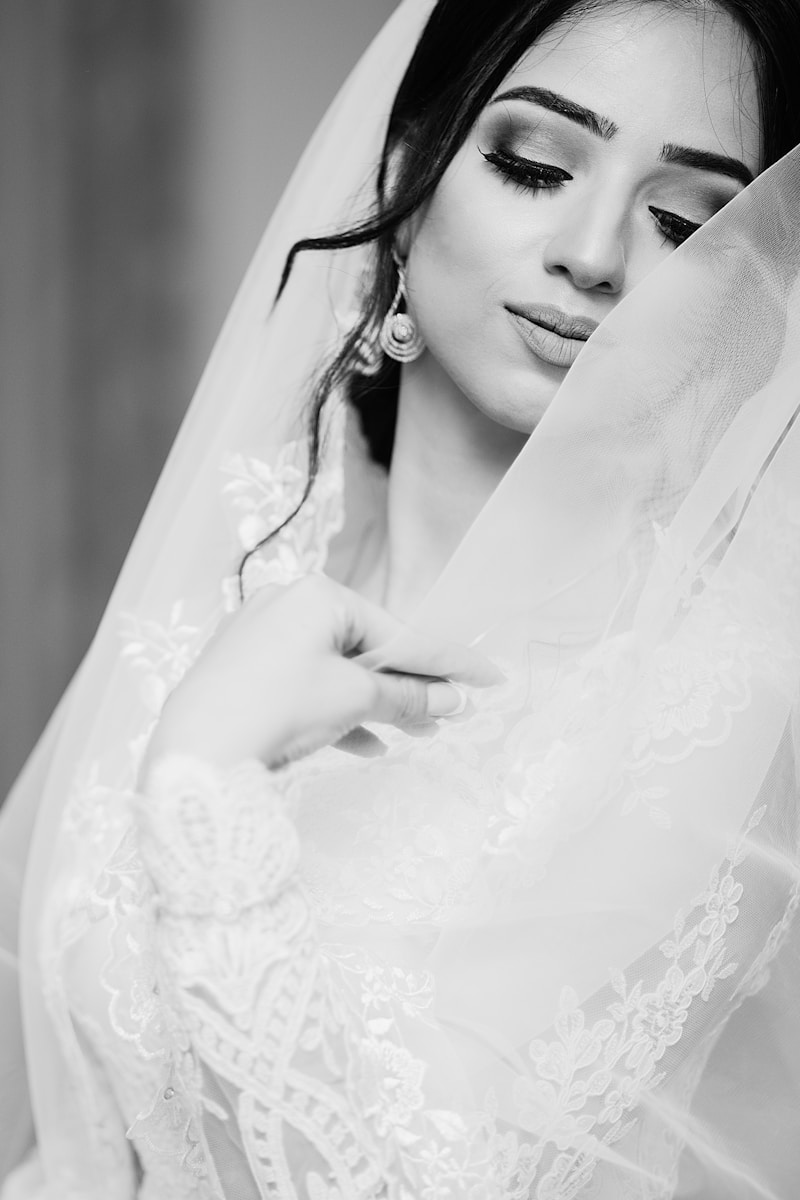Textures in Wedding Dress Fabrics: What to Consider
Understanding Textures in Wedding Dress Fabrics
When it comes to selecting a wedding dress, the texture of the fabric can transform a gown from ordinary to extraordinary. The right texture not only complements the bride's body shape but also enhances the overall aesthetic appeal of the dress. This article delves into the various textures in wedding dress fabrics and highlights key considerations that brides should keep in mind during their selection process.
The Importance of Fabric Texture
The texture of your wedding dress fabric plays a significant role in how the dress fits, moves, and photographs. Some textures are soft and flowing, while others are structured and heavy. Depending on the wedding theme, venue, and personal style, the choice of texture can greatly influence the appearance and comfort of the dress on your special day.
Key Textures to Consider
Here are some of the most popular textures found in wedding dress fabrics:
| Texture | Characteristics |
| Silk | Luxurious, smooth, and lightweight |
| Satin | Glossy, with a reflective surface, often heavier |
| Tulle | Light, airy, and can add volume |
| Lace | Intricate patterns, delicate and romantic |
| Chiffon | Soft, sheer, and flowing, great for layered designs |
| Organza | Stiff yet light, often used for structured silhouettes |
| Velvet | Rich, soft, and warm for a more luxurious appearance |
Factors to Consider When Choosing Fabric Textures
Choosing the right texture for your wedding dress is not just about aesthetics; several factors should be taken into consideration:
1. Wedding Season
The season during which you are getting married can significantly influence your choice of texture. For summer weddings, lighter fabrics such as chiffon or tulle are ideal as they allow for better airflow. In contrast, heavier textures like velvet or satin may be perfect for winter weddings, offering warmth and a feeling of luxury.
2. Venue Type
Your wedding venue can also dictate the appropriate texture of your dress. A beach wedding might call for lightweight fabrics that flow with the breeze, while a formal ballroom wedding may necessitate structured fabrics that complement an elegant setting.
3. Body Shape
The right texture can enhance your natural beauty and complement your body shape. For example, A-line dresses with lace or flowing chiffon can flatter many body types, while fitted satin gowns may suit hourglass figures.
4. Personal Style
Your personal style should be the leading factor in choosing the texture of your wedding dress. If you are a traditional bride, lace might resonate with you. Conversely, if you have a modern aesthetic, consider geometric patterns or even a combination of textures.
5. Comfort Level
Aside from appearance, comfort is paramount. Be sure to choose a fabric texture that you feel comfortable moving in. Try on dresses with various textures to determine what you enjoy wearing most.
Popular Fabric Combinations
Brides are increasingly opting for dresses that incorporate multiple textures. This can create visual interest and a more personalized gown. Below are some popular fabric combinations:
| Combination | Effect |
| Lace with Satin | Classic and elegant |
| Chiffon over Tulle | Light, romantic, and airy |
| Velvet with Organza | Rich and regal |
Care and Maintenance of Fabric Textures
Understanding how to care for your wedding dress fabric is crucial for preserving its appearance, both before and after the big day. Here are some tips:
1. Follow Cleaning Instructions
Each fabric has unique cleaning requirements. Always refer to the label for specific instructions and have your dress professionally cleaned after the wedding.
2. Storage Conditions
Store your dress in a cool, dry place away from direct sunlight to prevent fading and deterioration of fabric. Using breathable garment bags is ideal to protect delicate textures like lace and chiffon.
3. Avoid Heavy Accessories
When accessorizing your wedding dress, be mindful of how the weight of your accessories might affect the fabric. Heavier embellishments may weigh down lighter fabrics, impacting their natural flow and beauty.
Final Thoughts
Choosing the right texture in wedding dress fabrics is a crucial step in creating your dream gown. Be sure to consider the season, venue, your body shape, personal style, and comfort when making your decision. Experiment with different textures and combinations to discover what makes you feel the most beautiful. Remember, your wedding day is a celebration of love, and the perfect dress will enhance that experience.
Don’t rush this process; take your time to explore and celebrate all the incredible fabric options available to you. Ultimately, the right textures in your wedding dress fabric will not only enhance your look but also help you feel your best as you embark on this beautiful journey.
In conclusion, understanding the importance of fabric texture in wedding dress design can significantly impact your overall experience. Make informed choices that reflect your personal style, and remember to enjoy the process of finding your perfect gown.